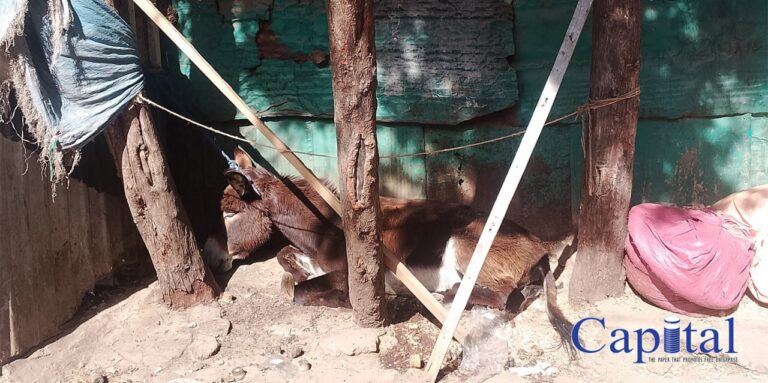Cervical cancer remains one of the most pressing public health challenges in Ethiopia. Each year, around 7,095 women are diagnosed, and 4,884 die from the disease, according to the ICO/IARC HPV Information Centre. With an age-standardized incidence rate of 26.4 per 100,000, it is the second most common cancer among Ethiopian women, disproportionately affecting those in low-income and rural areas.
This high burden is largely preventable. Yet, due to limited awareness, poor access to healthcare services, and the absence of organized national screening programs, many women in Ethiopia are diagnosed at advanced stages-when treatment is less effective and more costly.
As a physician who has served in rural Ethiopian communities and as the founder of an NGO dedicated to cervical cancer screening, I have witnessed the unimaginable physical, emotional, and social toll this disease takes on women. In many cases, women suffer in silence-isolated by stigma, unable to afford care, and robbed of the chance for early intervention. In remote areas, it is not uncommon for a woman to walk for hours to reach a clinic, only to find that screening is unavailable.
The emergence of AI-based cervical cancer screening tools offers a new and promising path forward. These tools can analyze images of the cervix using smartphones or portable devices, making screening possible in areas with no trained pathologists or gynecologists. A 2022 study by the U.S. National Cancer Institute found that AI-VIA (Visual Inspection with Acetic Acid) achieved a sensitivity rate of over 90%, outperforming many conventional methods.
The potential benefits of AI-based screening in Ethiopia are significant:
– Accessibility: Mobile-compatible tools can reach remote communities where traditional screening is
not available.
– Efficiency: AI can reduce diagnostic delays by quickly identifying high-risk cases.
– Scalability: With proper implementation, AI can help scale screening efforts nationwide without relying heavily on specialist interpretation.
– Empowerment: Early detection allows women to seek timely care, reducing mortality and preserving family stability.
However, the implementation of AI in Ethiopia is not without challenges:
– Data limitations: Most AI models are trained on non-African populations, risking lower accuracy without local adaptation.
– Infrastructure gaps: Many health facilities lack electricity, internet, or smartphones-tools necessary for running AI software.
– Ethical concerns: There is a need for frameworks that ensure data privacy, informed consent, and protection against algorithmic bias.
– Workforce training: Frontline health workers need training to properly operate AI tools and interpret results within the local context.
If these issues are addressed, AI could play a transformative role in the fight against cervical cancer in Ethiopia. It’s not a replacement for human care-but rather, a tool that can extend the reach and impact of the healthcare system.
“As a physician who served in a rural Ethiopian community and as the founder of an NGO working on cervical cancer screening, I have seen the unimaginable impact this disease has on women and families. Considering AI-based screening and adopting innovative tools could offer real hope to the underserved. It’s time to embrace solutions that are not only technologically sound but also socially
and culturally appropriate for our communities.”
AI holds the potential to turn the tide-from delayed diagnoses to early intervention, from silent suffering to informed, dignified care.
Hiwot Soboksa is MD, Public Health Advocate




